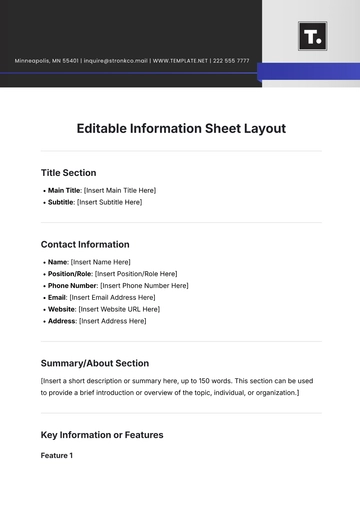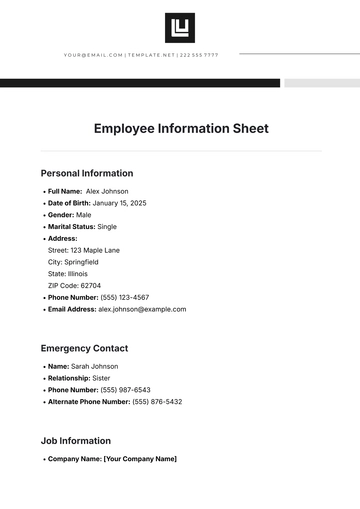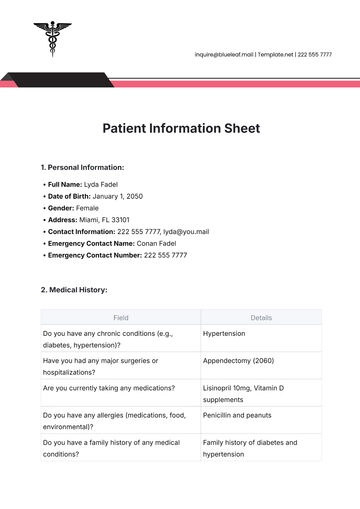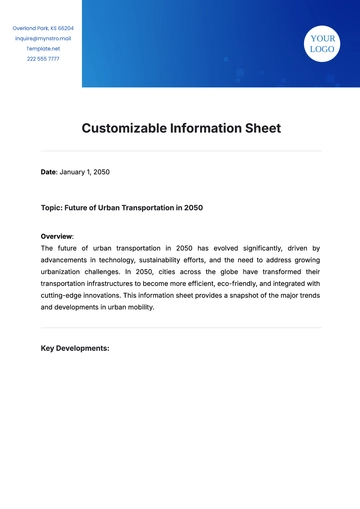Free Safety Datasheet (SDS)

I. Identification
Product Name: ChemSafe Industrial Cleaner
Manufacturer: [YOUR COMPANY NAME]
Address: [YOUR COMPANY ADDRESS]
Phone Number: [YOUR COMPANY NUMBER]
Emergency Contact: +1-800-222 888 0000 (24-hour hotline)
Recommended Use: Industrial cleaner for removing grease, oil, and contaminants from metal surfaces.
Restrictions on Use: Not for use on aluminum surfaces; avoid use in confined spaces without proper ventilation.
II. Hazard Identification
Classification:
Flammable liquid (Category 2)
Skin corrosion/irritation (Category 2)
Serious eye damage/eye irritation (Category 1)
Signal Word: Danger

Hazard Statements:
H225: Highly flammable liquid and vapor.
H315: Causes skin irritation.
H318: Causes serious eye damage.
Precautionary Statements:
P210: Keep away from heat/sparks/open flames/hot surfaces. No smoking.
P280: Wear protective gloves/protective clothing/eye protection/face protection.
III. Composition/Information on Ingredients
Substance/Mixture: Mixture
Hazardous Ingredients:
Isopropanol (CAS No. 67-63-0): 50-60%
Sodium Hydroxide (CAS No. 1310-73-2): 5-10%
Water (CAS No. 7732-18-5): 30-40%
IV. First-Aid Measures

Inhalation: Move the person to fresh air. If breathing is difficult, provide oxygen. Seek medical attention if symptoms persist.
Skin Contact: Wash with soap and water. Remove contaminated clothing. Seek medical attention if irritation persists.
Eye Contact: Rinse cautiously with water for at least 15 minutes. Seek immediate medical attention.
Ingestion: Rinse mouth with water. Do not induce vomiting. Seek immediate medical attention.
Fire-Fighting Measures
Suitable Extinguishing Media: Use alcohol-resistant foam, carbon dioxide, or dry chemical powder.
Specific Hazards: Vapors may form explosive mixtures with air. Containers may explode when heated.
Protective Equipment: Wear self-contained breathing apparatus and full protective gear.
V. Accidental Release Measures
Personal Precautions: Ensure adequate ventilation. Wear personal protective equipment.
Environmental Precautions: Prevent entry into drains or watercourses. Contain spill and dispose of properly.
Cleanup Methods: Absorb with inert material and place in a chemical waste container. Dispose of by local regulations.
Handling and Storage
Handling: Use in well-ventilated areas. Avoid contact with skin and eyes. Keep away from ignition sources.
Storage: Store in a cool, dry place, away from incompatible materials such as strong acids and oxidizers. Keep the container tightly closed.
VI. Exposure Controls/Personal Protection
Exposure Limits:
Isopropanol: ACGIH TLV: 200 ppm; OSHA PEL: 400 ppm
Sodium Hydroxide: ACGIH TLV: 2 mg/m³; OSHA PEL: 2 mg/m³
Engineering Controls: Use local exhaust ventilation to maintain airborne concentrations below exposure limits.
Personal Protective Equipment (PPE):
Eye Protection: Safety goggles.
Skin Protection: Chemical-resistant gloves.
Respiratory Protection: Use suitable respiratory equipment if ventilation is inadequate.
- 100% Customizable, free editor
- Access 1 Million+ Templates, photo’s & graphics
- Download or share as a template
- Click and replace photos, graphics, text, backgrounds
- Resize, crop, AI write & more
- Access advanced editor
Create professional, OSHA-compliant Safety Data Sheets (SDS) with ease using the SDS Template from Template.net. This fully editable and customizable template is designed to simplify compliance. Leverage the AI Editable Tool for fast, accurate content creation, ensuring your SDS is both accurate and easily tailored to meet specific regulatory requirements. Download and personalize now!
You may also like
- Attendance Sheet
- Work Sheet
- Sheet Cost
- Expense Sheet
- Tracker Sheet
- Student Sheet
- Tracking Sheet
- Blank Sheet
- Information Sheet
- Sales Sheet
- Record Sheet
- Price Sheet
- Plan Sheet
- Score Sheet
- Estimate Sheet
- Evaluation Sheet
- Checklist Sheet
- Bid Sheet
- Call Log Sheet
- Bill Sheet
- Assessment Sheet
- Task Sheet
- School Sheet
- Work From Home Sheet
- Summary Sheet
- Construction Sheet
- Cover Sheet
- Debt Spreadsheet
- Debt Sheet
- Client Information Sheet
- University Sheet
- Freelancer Sheet
- Bookkeeping Sheet
- Itinerary Spreadsheet
- Scorecard Sheet
- Run Sheet
- Monthly Timesheet
- Event Sheet
- Advertising Agency Sheet
- Missing Numbers Worksheet
- Training Sheet
- Production Sheet
- Mortgage Sheet
- Answer Sheet
- Excel Sheet





























